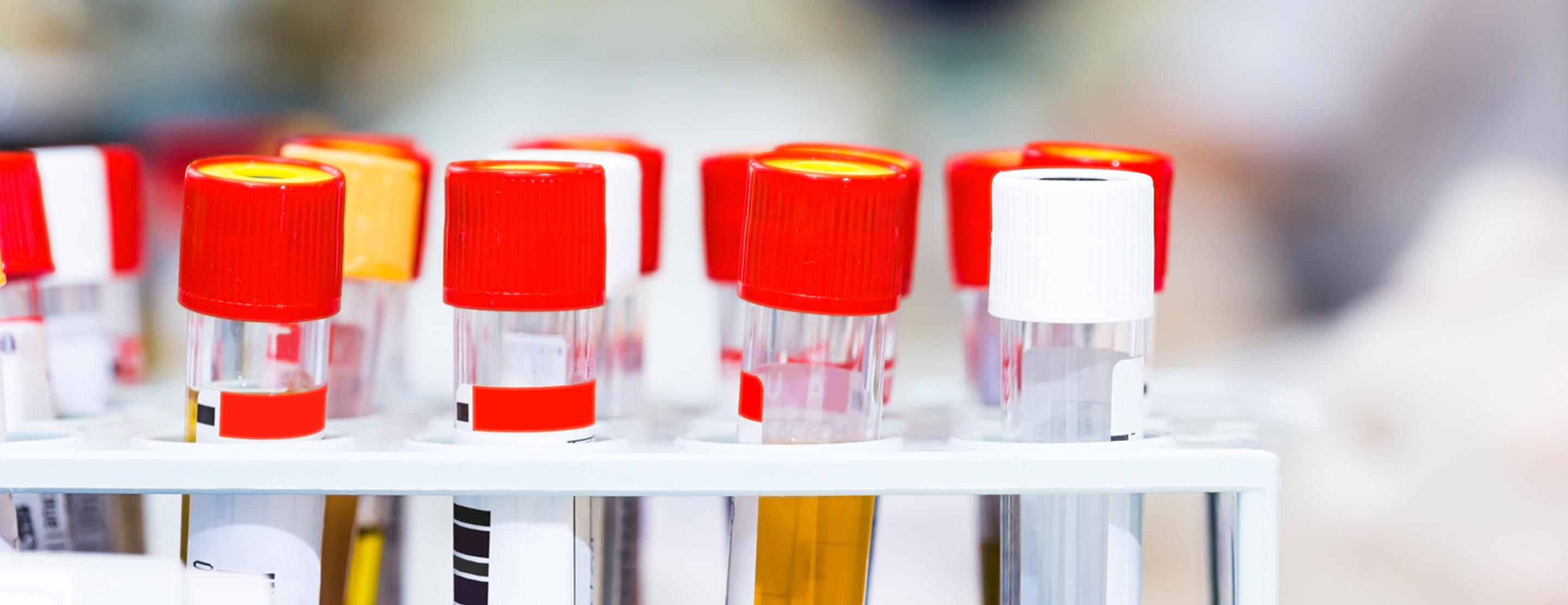
Urine drug screen
Definition
A urine drug screen is used to detect illegal and some prescription drugs in the urine.
Alternative Names
Drug screen - urine
How the Test is Performed
Before the test, you may be asked to remove all your clothes and wear a hospital gown. You will then be placed in a room where you have no access to your personal items or water. This is so you cannot dilute the sample, or use someone else's urine for the test.
This test involves collecting a "clean-catch" (midstream) urine sample:
- Wash your hands with soap and water. Dry your hands with a clean towel.
- Men and boys should wipe the head of the penis with a moist cloth or disposable towelette. Before cleaning, gently pull back (retract) the foreskin, if you have one.
- Women and girls need to wash the area between the lips of the vagina with soapy water and rinse well. Or, if instructed, use a disposable towelette to wipe the genital area.
- As you start to urinate, allow a small amount to fall into the toilet bowl. This clears the urethra of contaminants.
- Then, in the container you are given, catch about 1 to 2 ounces (30 to 60 milliliters) of urine. Remove the container from the urine stream.
- Give the container to the health care provider or assistant.
- Wash your hands again with soap and water.
The sample is then taken to the lab for evaluation.
How the Test will Feel
The test involves only normal urination.
Why the Test is Performed
The test is performed to detect the presence of illegal and some prescription drugs in your urine. Their presence may indicate that you recently used these drugs. Some drugs may remain in your system for several weeks, so the drug test needs to be interpreted carefully.
Normal Results
No drugs in the urine, unless you are taking medicines prescribed by your provider.
What Abnormal Results Mean
If the test result is positive, another test called gas-chromatography mass spectrometry (GC-MS) may be done to confirm the results. The GC-MS will help tell the difference between a false positive and a true positive.
In some cases, a test will indicate a false positive. This can result from interfering factors such as some foods, prescription medicines, and other drugs. Your provider will be aware of this possibility.
References
Little M. Toxicology emergencies. In: Cameron P, Jelinek G, Kelly A-M, Brown A, Little M, eds. Textbook of Adult Emergency Medicine. 4th ed. Philadelphia, PA: Elsevier Churchill Livingstone; 2015:chap 29.
Minns AB, Clark RF. Substance abuse. In: Walls RM, Hockberger RS, Gausche-Hill M, eds. Rosen's Emergency Medicine: Concepts and Clinical Practice. 9th ed. Philadelphia, PA: Elsevier; 2018:chap 140.
Pincus MR, Bluth MH, Abraham NZ. Toxicology and therapeutic drug monitoring. In: McPherson RA, Pincus MR, eds. Henry's Clinical Diagnosis and Management by Laboratory Methods. 23rd ed. St Louis, MO: Elsevier; 2017:chap 23.
Review Date: 01/12/2019
The information provided herein should not be used during any medical emergency or for the diagnosis or treatment of any medical condition. A licensed physician should be consulted for diagnosis and treatment of any and all medical conditions. Call 911 for all medical emergencies. Links to other sites are provided for information only -- they do not constitute endorsements of those other sites. Copyright ©2019 A.D.A.M., Inc., as modified by University of California San Francisco. Any duplication or distribution of the information contained herein is strictly prohibited.
Information developed by A.D.A.M., Inc. regarding tests and test results may not directly correspond with information provided by UCSF Health. Please discuss with your doctor any questions or concerns you may have.





